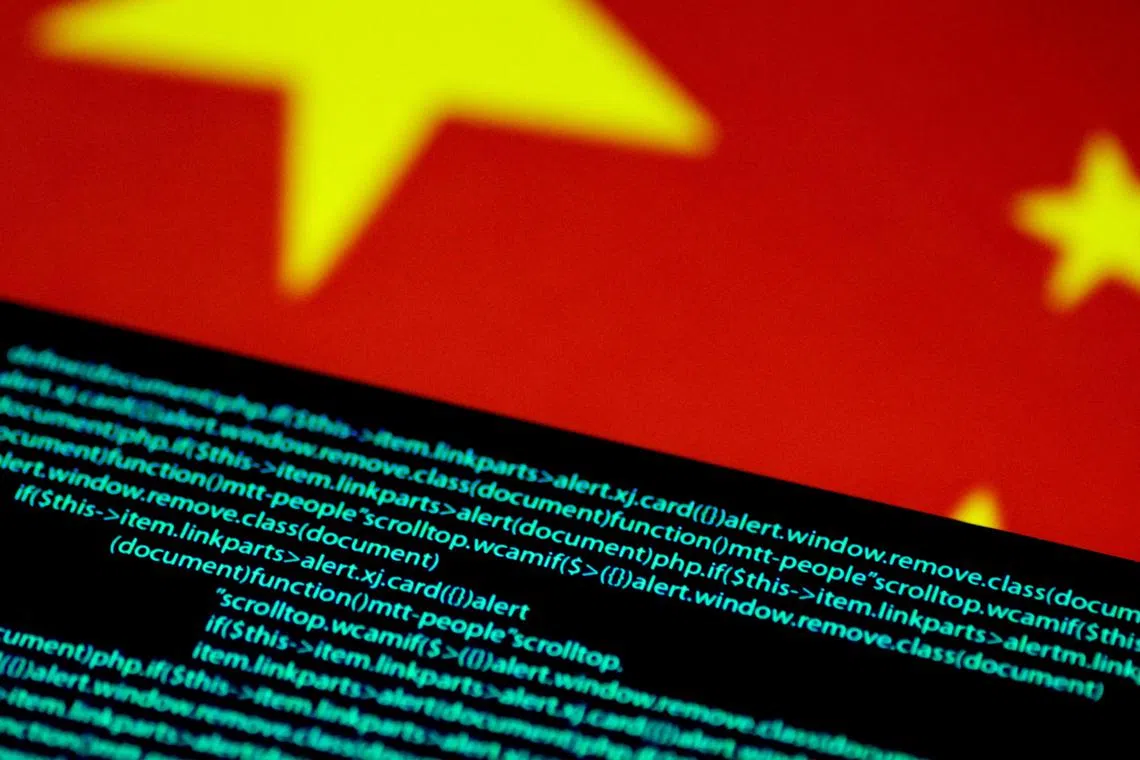China leads tech race, highlighting need for Aukus sharing, says think-tank
Sign up now: Get insights on Asia's fast-moving developments

Beijing has a commanding lead in both hypersonics research and the technology to counter it, electronic warfare and key undersea capabilities.
PHOTO: REUTERS
Follow topic:
SYDNEY - China leads research in 19 of 23 technologies set as priorities by the Aukus defence partnership of Australia, Britain and the United States, including hypersonics, electronic warfare and undersea drones, highlighting the need for Western allies to pool research results, said an Australian security think-tank.
The Australian Strategic Policy Institute (ASPI) said on Tuesday that its survey of the world’s top science papers showed China led research in most of the technologies likely to come under the defence partnership’s so-called “Pillar Two”.
US defence technology sharing is tightly controlled, and American analysts have previously said bureaucratic hurdles could slow not only an Aukus nuclear submarine programme, but also Pillar Two – a boost in collaboration between the nations in hypersonic and counter-hypersonic technology, quantum, artificial intelligence (AI) and electronic warfare.
ASPI said its analysis of two million science papers showed Beijing had a commanding lead in both hypersonics research and the technology to counter it, electronic warfare and key undersea capabilities.
Hypersonic aircraft and weapons travel five times faster than the speed of sound, and can be launched from near-space, allowing little time for detection.
Hypersonic detection technology uses space-based sensors and algorithms for rapid trajectory analysis, ASPI said.
Autonomous underwater vehicles, it said, could conduct long-range missions without a remote operator, for surveillance or anti-submarine warfare.
The issue of underwater capabilities won fresh prominence in September 2022 when unexplained undersea explosions
The US called the incident sabotage. Moscow blamed the West. Neither side has provided evidence.
In some areas, Aukus countries combined had a global research lead, including in advanced robotics, adversarial AI-reverse engineering, cyber-security capabilities and quantum sensors, ASPI said.
“Adversarial AI-reverse engineering” refers to uncovering data from an AI system used to build models.
The US leads in quantum computing – the next generation of computers expected to solve once-unsolvable problems and enable faster communication. Quantum sensors could be used in threat detection for defence, ASPI said.
“Across a number of technology areas, China’s lead is so great that no aggregation of countries exceeds its share – highlighting the importance of the accelerating effect of greater collaboration between like-minded partners,” the ASPI report said.
The combined strength of Aukus nations made them competitive with China in half of the technologies, it said.
The transfer of nuclear-powered submarine technology – an area where the US holds a capability edge over China – to Australia is the highest-profile Aukus project.
The Aukus partners said in March that Australia would spend up to US$245 billion (S$330.6 billion) to acquire nuclear-powered attack submarines
Australia’s Defence Industry Minister Pat Conroy will travel to the US this week for talks with Congress about draft legislation to allow the sale of two US Virginia-class submarines to Australia, and the use of Australian funds to expand US naval shipyard capacity.
The legislative proposals are “necessary steps for the Aukus nuclear-powered submarines programme”, said Mr Conroy in a statement.
A draft proposal submitted to the US Congress in May said President Joe Biden may transfer up to two Virginia-class submarines from the US Navy to Australia to “maintain our collective defence”. REUTERS

